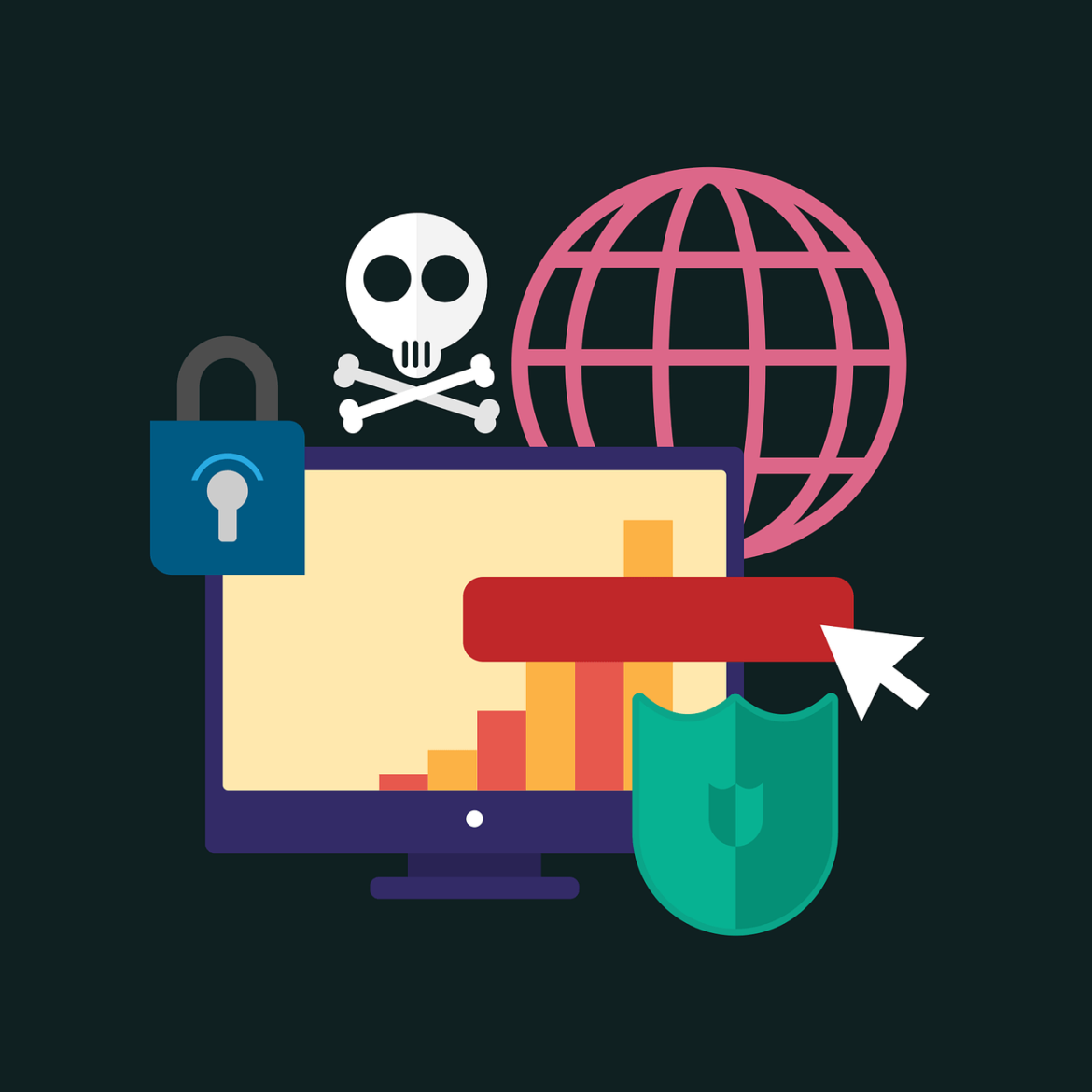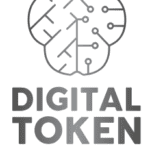Cybersecurity is the practice of protecting data and privacy from cyberattacks, which are malicious attempts to access, damage or disrupt digital systems, networks or devices. Cyberattacks can have serious consequences, such as compromising personal information, stealing money, disrupting business operations, damaging reputations or even endangering national security.
Cyberattacks are becoming more frequent, sophisticated and damaging, as cybercriminals exploit the increasing reliance on digital technologies and the growing amount of data generated and stored online. According to a report by McAfee, the global cost of cybercrime was estimated to be $1 trillion in 2020, up from $600 billion in 2018.
Therefore, cybersecurity is not only a technical issue, but also a strategic, economic and social one. It requires the collaboration and coordination of various stakeholders, such as governments, businesses, organizations and individuals, to prevent, detect and respond to cyberthreats.
Some of the common types of cyberthreats include:
– Malware: Malicious software that infects a system or device and performs harmful actions, such as deleting, encrypting or stealing data, hijacking resources or spying on activities. Examples of malware include viruses, worms, trojans, ransomware and spyware.
– Phishing: Fraudulent emails or messages that impersonate legitimate entities and trick recipients into clicking on malicious links or attachments, or providing sensitive information, such as passwords, bank details or personal data.
– Denial-of-service (DoS) attacks: Attacks that overwhelm a system or network with a large amount of traffic or requests, making it slow or unavailable for legitimate users or services.
– Man-in-the-middle (MITM) attacks: Attacks that intercept and alter the communication between two parties, such as a user and a website, or a device and a network, without their knowledge or consent.
– Credential stuffing: Attacks that use stolen or leaked usernames and passwords to access multiple accounts or services, exploiting the fact that many people reuse the same credentials across different platforms.
– SQL injection: Attacks that insert malicious SQL commands into a database query, allowing attackers to access, modify or delete data, or execute commands on the server.
– Zero-day exploits: Attacks that exploit unknown or unpatched vulnerabilities in software or hardware, before the developers or vendors can fix them.
Some of the solutions and best practices for cybersecurity include:
– Encryption: The process of transforming data into an unreadable format, using a secret key or algorithm, to prevent unauthorized access or modification. Encryption can be applied to data at rest (stored on a device or a server) or data in transit (transmitted over a network or the internet).
– Authentication: The process of verifying the identity of a user or a device, using methods such as passwords, biometrics, tokens or certificates, to grant or deny access to a system or a service.
– Authorization: The process of determining the level of access or permission that a user or a device has to a system or a service, based on their role, responsibility or relationship.
– Firewall: A software or hardware device that monitors and filters the incoming and outgoing traffic on a network or a device, based on a set of rules or policies, to block or allow certain types of data or connections.
Antivirus and Backups Patching
– Antivirus: A software program that scans and removes malware from a system or a device, using a database of known malware signatures or a heuristic analysis of the behavior or characteristics of the files or processes.
– Backup: The process of creating and storing copies of data or files, on a separate device or a cloud service, to ensure their availability and recovery in case of loss, corruption or deletion due to a cyberattack or a human error.
– Patching: The process of updating or fixing software or hardware, to improve their performance, functionality or security, and to address any bugs, errors or vulnerabilities.
– Education: The process of raising awareness and providing training on the importance, principles and practices of cybersecurity, to users, employees, managers and leaders, to help them understand and prevent the risks and impacts of cyberattacks, and to adopt a security-conscious culture and behavior.
Cybersecurity is a dynamic and evolving field, as new technologies, threats and solutions emerge and change over time. Therefore, it is essential to stay informed, vigilant and proactive, and to adopt a holistic and comprehensive approach to cybersecurity, that covers not only the technical aspects, but also the human, organizational and societal ones.


